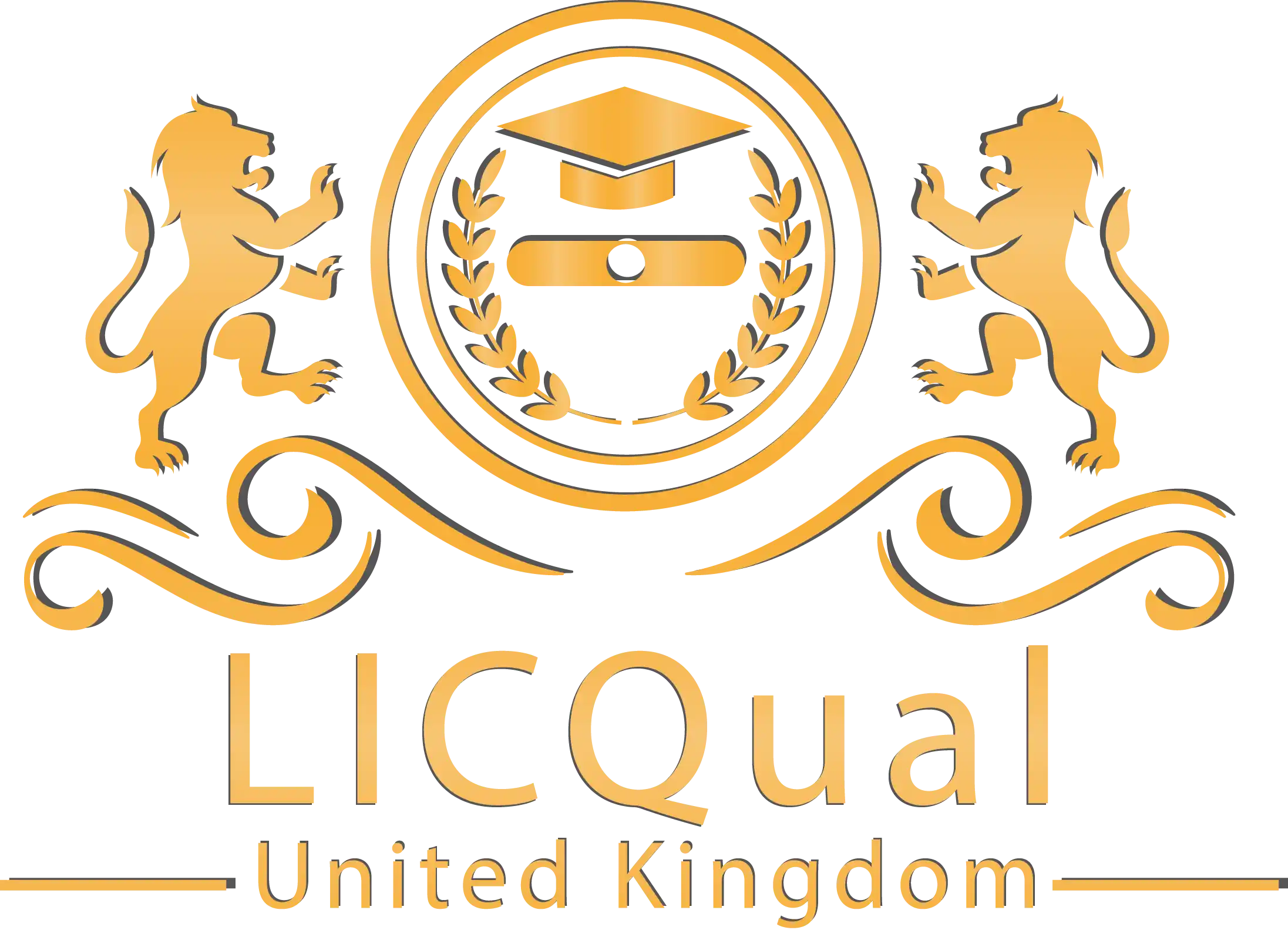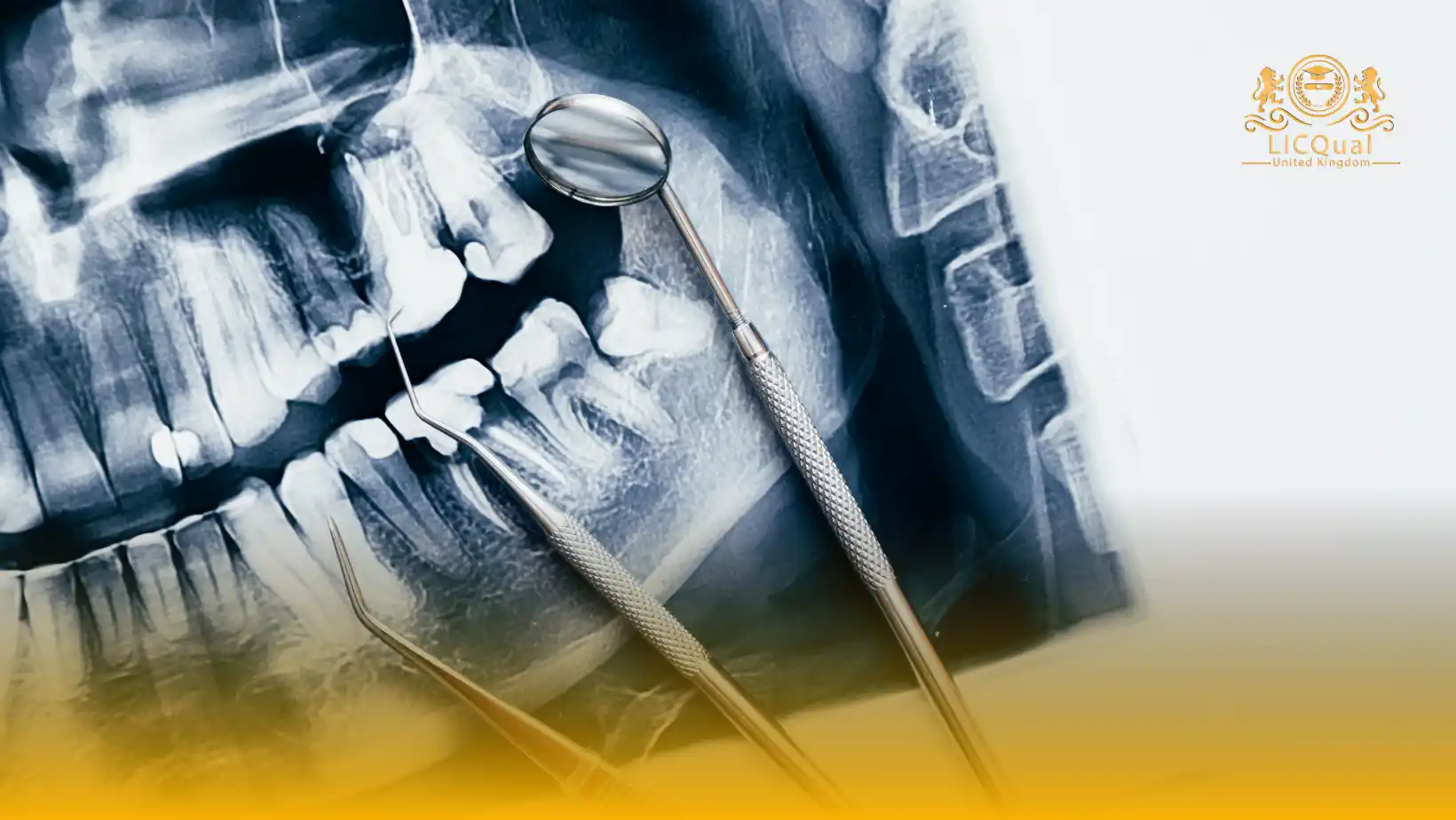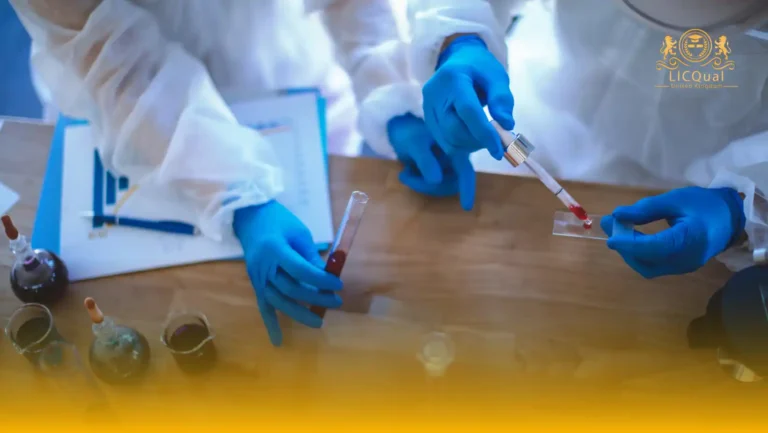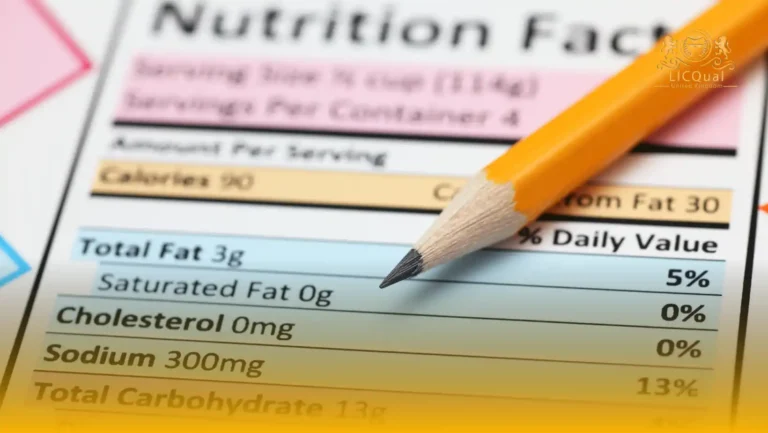The LICQual Level 3 Diploma in Dental Radiology is a specialised qualification designed for dental professionals seeking to advance their expertise and elevate their career in dental radiography. This diploma is not intended for beginners; it is specifically tailored for professionals who already have foundational experience in dentistry and wish to expand their knowledge, enhance their skills, and achieve recognised Continuing Professional Development (CPD) points.
Learners undertaking this diploma will gain a thorough understanding of dental radiography principles, including advanced imaging techniques, patient safety, radiation protection, and diagnostic interpretation. The course combines both theoretical learning and practical application, ensuring that learners develop the competence and confidence required to operate within clinical environments safely and effectively.
Centres delivering the LICQual Level 3 Diploma in Dental Radiology must meet stringent requirements to guarantee high-quality training and learner success. This includes employing competent and qualified staff, providing access to appropriate clinical equipment and learning resources, and maintaining a safe and supportive learning environment. By meeting these standards, centres ensure that learners receive a professional and enriching educational experience that is aligned with international best practices.
Upon completion, learners will be equipped with advanced knowledge and practical skills that can significantly enhance their professional practice, improve patient care, and open doors to further career development opportunities within the dental field.
Course Overview
Qualification Title
LICQual Level 3 Diploma in Dental Radiology
Total Units
6
Total Credits
60
GLH
240
Qualification #
LICQ2200661
Qualification Specification
To enroll in the LICQual Level 3 Diploma in Dental Radiology, applicants must meet the following criteria:
|
Qualification# |
Unit Title |
Credits |
GLH |
|---|---|---|---|
|
LICQ2200661-1 |
Principles of Dental Radiology |
10 |
40 |
|
LICQ2200661-2 |
Dental Anatomy and Radiographic Interpretation |
10 |
40 |
|
LICQ2200661-3 |
Radiation Protection and Safety |
10 |
40 |
|
LICQ2200661-4 |
Intraoral and Extraoral Imaging Techniques |
10 |
40 |
|
LICQ2200661-5 |
Radiographic Equipment and Quality Assurance |
10 |
40 |
|
LICQ2200661-6 |
Clinical Application and Case Studies |
10 |
40 |
By the end of this course, learners will be able to:
Unit 1: Principles of Dental Radiology
- Understand the fundamental principles of dental radiography.
- Explain the physics of X-ray production and imaging.
- Recognise the different types of dental radiographic techniques.
- Apply knowledge of radiation interaction with tissues in a dental context.
- Demonstrate awareness of professional and ethical responsibilities in radiology practice.
Unit 2: Dental Anatomy and Radiographic Interpretation
- Identify normal dental and craniofacial anatomy on radiographs.
- Differentiate between normal anatomical variations and pathological findings.
- Interpret common dental radiographs accurately to support clinical decision-making.
- Recognise radiographic signs of dental diseases and abnormalities.
- Apply anatomical knowledge to enhance the quality of radiographic imaging.
Unit 3: Radiation Protection and Safety
- Explain the principles of radiation protection for patients and practitioners.
- Understand and apply legal and regulatory requirements (e.g., IRMER standards).
- Identify potential hazards and minimise radiation exposure during dental imaging.
- Demonstrate correct use of protective equipment and safety procedures.
- Implement safe working practices in a dental radiology environment.
Unit 4: Intraoral and Extraoral Imaging Techniques
- Perform intraoral imaging techniques: periapical, bitewing, and occlusal radiographs.
- Conduct extraoral imaging procedures: panoramic, cephalometric, and CBCT scans.
- Select appropriate imaging techniques based on patient needs and clinical indications.
- Apply correct positioning, angulation, and exposure settings for high-quality images.
- Evaluate images for diagnostic clarity and accuracy.
Unit 5: Radiographic Equipment and Quality Assurance
- Operate dental radiography equipment safely and effectively.
- Perform routine checks and maintenance on imaging equipment.
- Implement quality assurance procedures to ensure consistent image quality.
- Identify common equipment faults and apply troubleshooting techniques.
- Maintain accurate records for equipment performance and patient safety compliance.
Unit 6: Clinical Application and Case Studies
- Integrate radiographic knowledge into patient diagnosis and treatment planning.
- Analyse case studies to apply theory to practical scenarios.
- Make informed clinical decisions based on radiographic evidence.
- Communicate findings effectively to colleagues and patients.
- Reflect on clinical practice to enhance professional competency and patient care.
The LICQual Level 3 Diploma in Dental Radiology is ideal for dental professionals seeking to enhance their expertise in diagnostic imaging. This course is suitable for practitioners aiming to perform high-quality radiographs, interpret findings accurately, and achieve internationally recognized certification in dental radiology.
1. General Dentists
- Dentists wanting to improve diagnostic imaging skills.
- Professionals seeking accurate interpretation of dental X-rays.
- Clinicians managing complex restorative and surgical cases.
- Practitioners aiming to integrate radiology into treatment planning.
- Dentists enhancing patient safety and care quality.
2. Dental Hygienists
- Hygienists performing intraoral and extraoral radiographs.
- Professionals improving radiographic technique and positioning.
- Team members enhancing image quality for accurate diagnosis.
- Hygienists applying radiation safety principles.
- Professionals gaining internationally recognized certification.
3. Dental Assistants
- Assistants supporting radiographic procedures in clinical settings.
- Professionals understanding imaging workflows and equipment handling.
- Team members improving patient comfort during X-rays.
- Assistants learning to assist in CBCT and panoramic imaging.
- Professionals expanding career opportunities in dental radiology.
4. Orthodontists
- Specialists needing precise imaging for treatment planning.
- Professionals interpreting cephalometric and panoramic X-rays.
- Orthodontists enhancing diagnostic accuracy for complex cases.
- Clinicians applying radiation safety in long-term patient care.
- Professionals staying updated with modern dental imaging techniques.
5. Oral Surgeons
- Surgeons integrating imaging into surgical planning.
- Experts performing CBCT analysis for implant and extraction cases.
- Professionals improving pre- and post-operative imaging accuracy.
- Surgeons ensuring patient safety with proper radiation protocols.
- Professionals seeking recognized credentials in dental radiology.
6. Academic and Research Professionals
- Educators teaching dental radiology in academic settings.
- Researchers studying imaging outcomes and diagnostic techniques.
- Academics developing evidence-based protocols for dental imaging.
- Professionals conducting clinical radiology research.
- Instructors providing hands-on radiographic training for students.
7. Career-Focused Dental Professionals
- Practitioners aiming to enhance their clinical expertise.
- Professionals expanding practice capabilities with advanced imaging.
- Dentists seeking leadership roles in dental clinics.
- Individuals improving patient care and diagnostic confidence.
- Learners committed to excellence in dental radiology practice.
This course equips a wide range of dental professionals with advanced skills in dental radiology, enabling accurate diagnosis, improved patient care, and professional advancement.
To deliver the LICQual Level 3 Diploma in Dental Radiology, training centres must meet the following standards to ensure high-quality education and learner success:
- Accredited Dental Facility: The centre must operate within a fully registered and accredited dental clinic or educational facility compliant with UK healthcare and dental regulations.
- Qualified and Competent Staff: Trainers must be experienced dental professionals with expertise in radiology, including practising dental radiographers or implantologists, capable of delivering both theoretical and practical instruction.
- Clinical Equipment and Resources:
- Access to fully equipped dental surgery rooms and radiography units.
- Availability of intraoral and extraoral imaging equipment, including CBCT and panoramic machines.
- Sterilisation and safety equipment to maintain a compliant clinical environment.
- Safe Learning Environment: Centres must implement health and safety policies, infection control protocols, and emergency procedures to protect learners and patients.
- Assessment and Quality Assurance:
- Ability to conduct both theoretical and practical assessments in accordance with LICQual standards.
- Structured internal quality assurance processes to monitor learner progress.
- Learning Materials and Resources: Access to up-to-date textbooks, digital resources, and case studies to support learning.
- Supervised Practical Training: Capability to provide learners with hands-on experience under professional supervision to develop practical radiography skills.
- Administrative Support: Efficient enrolment, scheduling, and certification processes aligned with LICQual requirements.
Assessment and Verification
All units within this qualification are subject to internal assessment by the approved centre and external verification by LICQual. The qualification follows a criterion-referenced assessment approach, ensuring that learners meet all specified learning outcomes.
To achieve a ‘Pass’ in any unit, learners must provide valid, sufficient, and authentic evidence demonstrating their attainment of all learning outcomes and compliance with the prescribed assessment criteria. The Assessor is responsible for evaluating the evidence and determining whether the learner has successfully met the required standards.
Assessors must maintain a clear and comprehensive audit trail, documenting the basis for their assessment decisions to ensure transparency, consistency, and compliance with quality assurance requirements.







